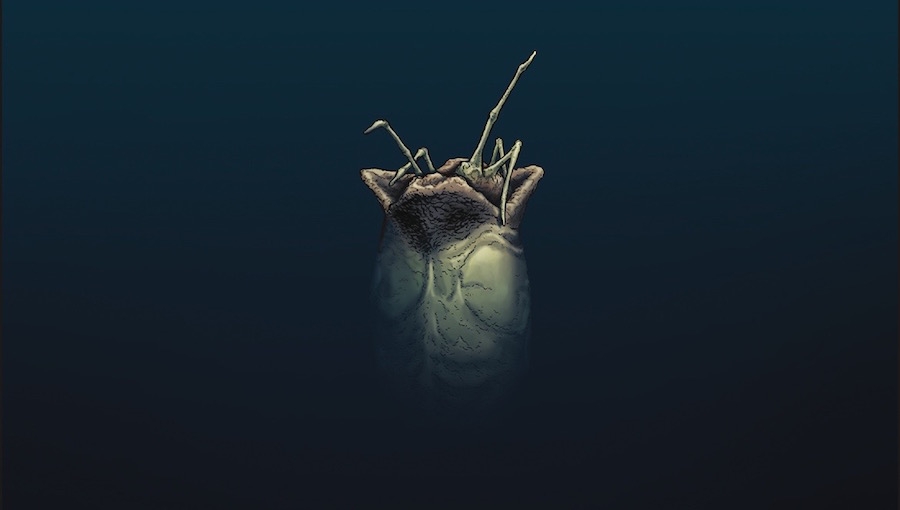William Gibson’s Alien 3 answers a question I’ve had since I first saw Alien 3 on a dusty VHS. Alien and Aliens make up one of the greatest duologies of science fiction, but the original Alien 3 revealed the cracks in a franchise that has subsequently teetered between greatness and schlock. A few months ago, I learned that William Gibson had been called to write the screenplay in early drafts but was quickly dispatched from the project. His script was later revived and converted into the graphic novel we have today. I picked up this new (or old) iteration of Alien 3 to answer the question: “Could things have been different?”
The Alien franchise is the premier science fiction horror series. The genre had seen greats before (Forbidden Planet springs to mind.), but it was Alien that perfected the idea. A bombastic sequel took the series in a more action-oriented direction that pulled it into the mainstream. The two films focused on the conflict between humanity and a malevolent species known as the xenomorphs. William Gibson’s Alien 3 serves as an immediate follow up to Aliens, where series protagonist Ellen Ripley and the survivors of the previous film – Bishop, Hicks, and Newt – arrive on the space station Anchorpoint. At Anchorpoint, a team from the mega-corporation Weyland-Yutani investigate the survivors and attempt to recover genetic samples of the aliens that the survivors unwittingly brought.
Gibson’s version of Alien 3 seems very intent to get back to basics. The alien menace is cut down to a handful, and Anchorpoint is given an isolated, claustrophobic feeling akin to the Nostromo from the first film. Indeed, much of the book seems inspired by the 1979 film, from the mysterious goals of Weyland-Yutani to the resolution involving a single shuttle and a base set to self destruct. A few new twists are added in, including an analogy to the Cold War and Ripley’s role being significantly reduced to allow Hicks and Bishop to become the focus.
The writing is rough, and a few too many characters make the cast feel bloated. This is probably indicative of the fact that the story is inspired by a single draft of a script that could have stood to see some editing. It’s certainly more lively than the original Alien 3, and the decision by Gibson to focus on Hicks and Bishop is one of the best elements.
Both the story and the art also seem to have a bit of The Thing inspiration in the calculated use of gore. Gore is one of those tools that needs to be carefully executed or else it becomes meaningless, or worse – comical. A particularly effective moment revolves around blood filling a spacesuit. Those shocking moments are where the art truly shines; monster designs and visual nightmare fuel seem to be the artist’s specialty. Of special note are the covers for each individual issue, which were so beautiful they included them in this collection. The covers are the definition of minimalism that starkly recall the 1979 Alien poster.
Is William Gibson’s version of Alien 3 better than the film? Most certainly. As Gibson himself states in the introduction, he is clearly a massive fan of the franchise and shows the story more respect than the studio version ever did. I still think nothing touches the original Alien in quality, but, in many ways, this book put to rest a lot of frustration I had about the series as a whole. I’m doubtful someone unfamiliar with Alien could get much out of this book, but fans of the franchise would benefit from replacing Alien 3 with William Gibson’s in their head canon.
Creative Team: William Gibson (Writer), Johnnie Christmas (Artist), Tamra Bonvillain (Artist), Nate Piekos (Letterer)
Publisher: Dark Horse Comics
Click here to purchase.

